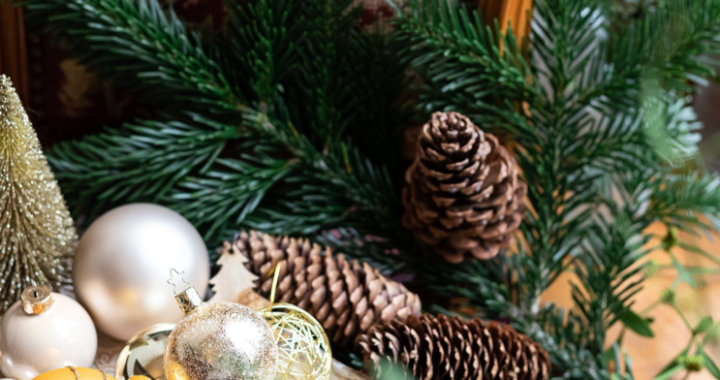The Pros and Cons of Real Versus Artificial Christmas Trees
As the holiday season approaches, many people face the difficult decision of whether to purchase a natural or artificial Christmas tree. Both options have their benefits and drawbacks, so it’s essential to consider the environmental impact of each.
Artificial trees are often touted as the more sustainable option, as they can be reused year after year. However, they are typically made from petroleum-based plastics and are not biodegradable. This means that once they are discarded, they can sit in a landfill for centuries before breaking down. Additionally, producing artificial trees requires significant amounts of energy, contributing to carbon emissions.
On the other hand, real trees are biodegradable and can be recycled or composted after use. They also have a lower carbon footprint, as they absorb carbon dioxide from the atmosphere while growing. However, the transportation of trees, especially those shipped from outside the local area, can contribute to carbon emissions. Additionally, if trees are not disposed of properly or given a second life (such as mulching), they can contribute to a buildup of greenhouse gases in landfills.
Ultimately, choosing a natural or artificial tree depends on your values and priorities. If sustainability is your top concern, consider purchasing a real tree sourced locally and disposed of responsibly. An artificial tree may be a better fit if you prioritize convenience and ease of use.
Maximizing the Benefits of Your Christmas Tree
Regardless of whether you choose a natural or artificial tree, you can take steps to minimize waste and maximize the benefits of your Christmas decorations.
For real trees, consider purchasing a potted tree that can be replanted after use or opt for a tree rental service to pick up and dispose of the tree. If you do choose a cut tree, make sure to recycle or compost it after use.
For artificial trees, make sure to choose a high-quality tree that will last many years. When it’s time to dispose of the tree, look for options to recycle or repurpose it, such as donating it to a local school or community center for decoration.
In addition to minimizing waste, you can also maximize the benefits of your Christmas tree by choosing decorations and lights that are energy-efficient and eco-friendly. LED lights use significantly less energy than traditional incandescent bulbs, and many decorations are now made from sustainable materials such as bamboo or recycled glass.
By making conscious choices about your Christmas decorations, you can create a festive and sustainable holiday season for yourself and the planet. Whether you choose a natural or artificial tree, dispose of it responsibly and consider repurposing or recycling to minimize waste. We can all make a big difference for the environment by taking small steps towards sustainability.
